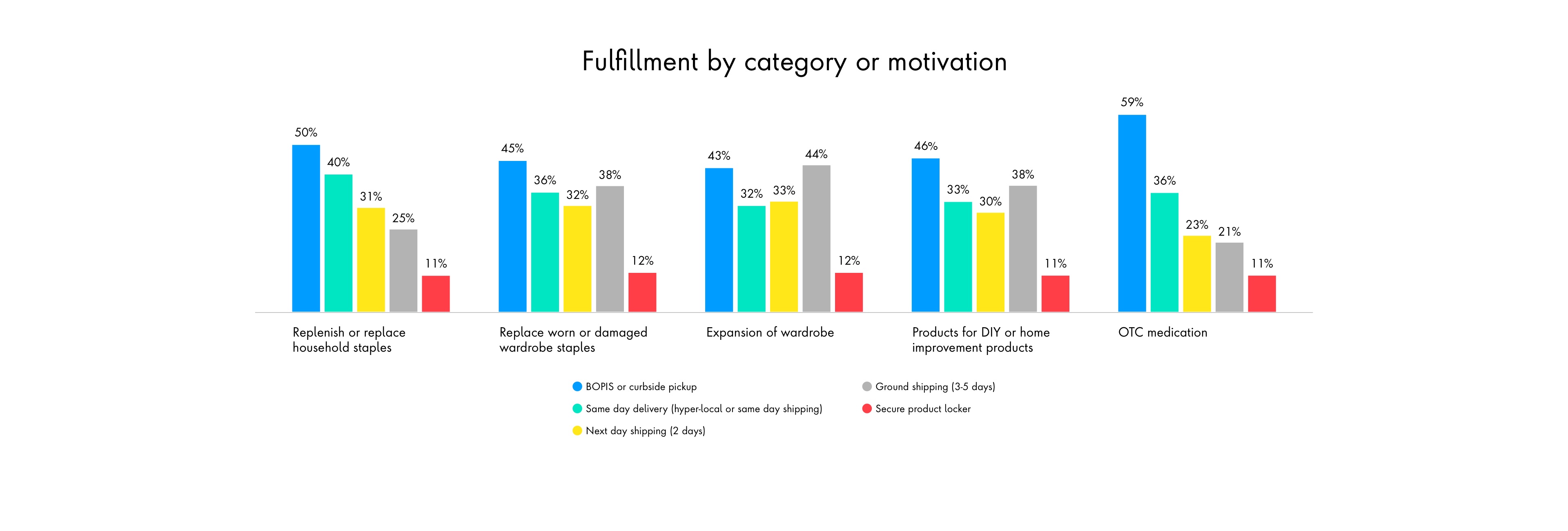Click-and-collect, or buy-online, pickup-in-store (BOPIS), is a way for retailers to respond to increasing customer demand for convenience and “no-touch” environments.
According to research firm eMarketer, a majority of U.S. consumers had tried click-and-collect before the pandemic began, with sales eclipsing $58.5 billion in 2020 from $36.4 billion in 2019. However, social-distancing and a focus on health and safety at storefronts is prompting even greater demand.
“Retailers were lacking slots and capacity to handle the surge in demand for click-and-collect,” Thierry Elmalem, senior managing director, management consulting, EMEA, said. “In some markets, like the UK that are predominantly home delivery, grocery click-and-collect existed, but not at scale and not with industrial processes.”
Global data from the Digital Life Index, Publicis Sapient’s proprietary consumer survey, finds BOPIS remains one of the most preferred online fulfillment methods for shoppers. As consumer habits continue to move toward click-and-collect, retailers are reinventing their business and implementing technologies to manage demand, provide better customer experiences and improve profitability.













